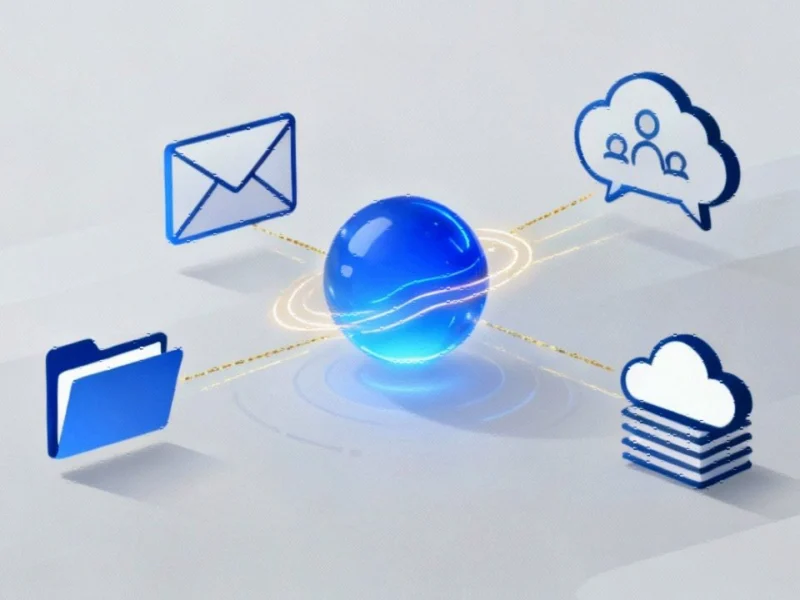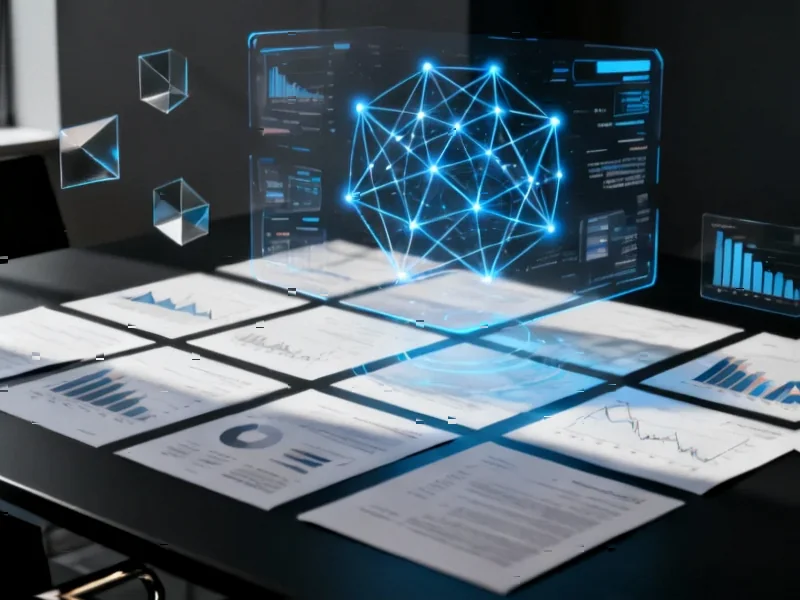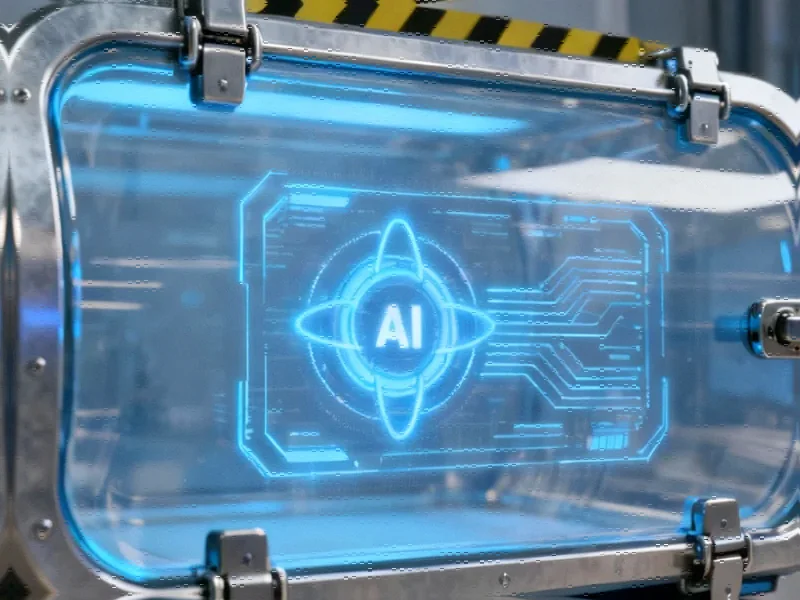Anthropic’s Strategic Microsoft Integration
Anthropic has fundamentally transformed how enterprises interact with their Microsoft 365 ecosystem by embedding Claude AI directly into Outlook, Teams, and OneDrive. This groundbreaking integration, powered by Anthropic’s Model Context Protocol (MCP), enables the AI assistant to comprehensively analyze documents, emails, and conversations without requiring manual uploads. The technology represents a significant leap in workplace efficiency, allowing professionals to extract critical insights from their digital workspace through natural language queries.
How Claude’s Microsoft 365 Integration Works
The integration operates through Anthropic’s Model Context Protocol, an open standard introduced in 2024 that Microsoft rapidly adopted for Windows 11 AI enhancements. Claude can now access SharePoint and OneDrive to search documents “across sites and libraries,” eliminating the traditional barrier of manual document uploading. For email intelligence, the system scans Outlook correspondence to identify project status updates, client feedback patterns, and team alignment indicators. Similarly, Claude processes Teams conversations and meeting notes to provide comprehensive understanding of team planning and decision-making processes.
This technological advancement reflects broader industry developments in AI integration, where seamless connectivity between productivity tools and artificial intelligence is becoming the new standard for enterprise software.
Enterprise Search: The Game-Changing Feature
Alongside the core Microsoft 365 integration, Anthropic has introduced an enterprise search capability that revolutionizes how teams access institutional knowledge. When shared projects are configured with connected applications and data sources, users can employ custom prompts to query a collective knowledge pool encompassing all project participants. This functionality addresses one of the most persistent challenges in large organizations: locating specific information scattered across multiple platforms and departments.
Anthropic illustrates this capability with a practical example: “Ask Claude about your company’s policy on remote work and get information from HR documents in SharePoint, email discussions in Outlook, and team guidelines from various sources in one detailed report.” This consolidated approach to information retrieval represents a significant evolution in recent technology for knowledge management.
Security and Permission Framework
For organizations concerned about data security, Anthropic has implemented a robust permission framework that mirrors existing Microsoft 365 access controls. The company emphasizes that “all permissions are delegated permissions,” meaning Claude cannot access any content that the user themselves cannot view. The AI assistant operates with read-only access, preventing any creation, deletion, or modification of Microsoft 365 content. Furthermore, Claude only accesses data “when you explicitly ask questions requiring it,” ensuring privacy while maintaining functionality.
This security approach demonstrates how related innovations in AI are addressing enterprise concerns about data protection and access control in increasingly connected digital environments.
Microsoft’s Evolving AI Strategy
The Claude integration represents a strategic diversification in Microsoft’s AI partnerships, particularly significant given the company’s complex relationship with OpenAI. While Microsoft maintains a 49% stake in OpenAI’s for-profit division and hosts ChatGPT exclusively on Azure servers, the Redmond giant has been actively broadening its AI portfolio. This move follows OpenAI’s January 2025 announcement of the Stargate project, which involved Softbank and Oracle in building $500 billion worth of data centers, potentially reducing OpenAI’s dependency on Microsoft’s infrastructure.
Microsoft’s September 10, 2025 announcement that it would use Anthropic’s AI to power new features in Word, Excel, PowerPoint, and Outlook signals a deliberate shift toward reducing overreliance on any single AI provider. This strategic positioning reflects broader market trends toward multi-vendor AI ecosystems in enterprise software.
Availability and Subscription Requirements
The new Microsoft 365 connector bringing Claude to SharePoint, Teams, OneDrive, and Outlook is exclusively available to Claude’s Team and Enterprise subscribers. Similarly, the enterprise search feature is enabled for these same subscription tiers. This tiered availability model positions Claude as a premium productivity enhancement tool for organizations willing to invest in advanced AI capabilities.
As organizations navigate these global technology shifts, the integration represents a significant step toward more intelligent and responsive workplace tools that adapt to how teams actually work rather than requiring teams to adapt to tool limitations.
The Future of AI-Enhanced Productivity
Claude’s Sonnet 4 model demonstrates particular proficiency in generating slides, PDFs, and spreadsheets from chat prompts, offering substantial value for Office power users. This capability, combined with the new Microsoft 365 integration, positions Claude as a comprehensive productivity partner rather than merely a conversational AI. The technology enables professionals to focus on high-value tasks while delegating information retrieval and synthesis to their AI assistant.
This evolution in workplace technology coincides with other significant industrial advancements across the technology sector, where AI is increasingly becoming an embedded component rather than a separate tool. As these integrations mature, we can expect to see further blurring of boundaries between human and machine collaboration in professional environments.
The integration of Claude AI into Microsoft’s ecosystem represents a milestone in the practical application of artificial intelligence to everyday business challenges. For a more detailed analysis of this significant Microsoft 365 integration development, including technical specifications and implementation timelines, visit our comprehensive coverage.
This article aggregates information from publicly available sources. All trademarks and copyrights belong to their respective owners.



